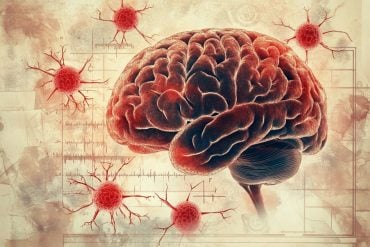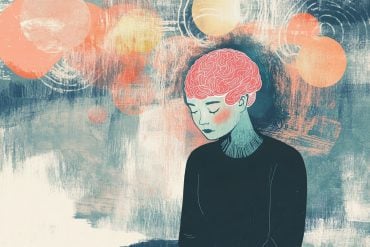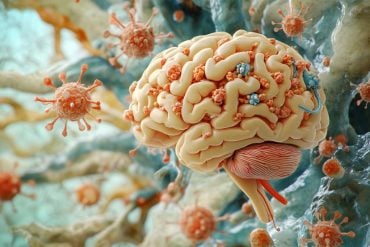Summary: More time spent outside in natural light was associated with improved mood, better sleep quality, and ease of waking.
Source: Monash University
A new study led by Monash University has revealed that getting enough natural sunlight each day can impact a person’s mood and sleep quality.
Monash University Turner Institute for Brain and Mental Health PhD student Angus Burns and Associate Professor Sean Cain led an international research team that has had their work published in the upcoming December issue of the Journal of Affective Disorders.
The cross-sectional and longitudinal study of more than 400,000 participants in the UK Biobank program found that a lack of daytime light exposure was a risk factor for depressive symptoms, poor mood, and insomnia.
Mr Burns said that most messaging around light and health is focused on avoiding light at night, as it disrupts our body clocks, but this study highlights the importance of getting enough daylight to ensure our bodies function optimally.
“In this study, we observed that the greater time spent in outdoor light during the day was associated with fewer depressive symptoms, lower odds of using antidepressant medication, better sleep and fewer symptoms of insomnia,” Mr Burns said.

“These results may be explained by the impacts of light on the circadian system and the direct effects of light on mood centres in the brain.”
Associate Professor Cain said making minor adjustments to a person’s daily routine could help improve their mood, sleep, and energy levels.
“People now spend most waking hours in intermediate, artificial lighting conditions, due to reduced sunlight exposure and relatively bright night-time light exposure,” he said.
“In this study, we observed that greater time spent in outdoor light was associated with better mood outcomes, better quality sleep, and ease of wakening.
“Insufficient exposure to daytime light could be a key factor contributing to poor mood and sleep outcomes in depressive disorders. My general advice for everyone is simple: when the sun is out, get as much light as you can, but after it sets, keep it dark. Your body will thank you.”
About this circadian rhythm news
Author: Press Office
Source: Monash University
Contact: Angus Burns – Monash University
Image: The image is credited to Monash University
Original Research: Closed access.
“Time spent in outdoor light is associated with mood, sleep, and circadian rhythm-related outcomes: A cross-sectional and longitudinal study in over 400,000 UK Biobank participants” by Angus Burns et al. Journal of Affective Disorders
Abstract
Time spent in outdoor light is associated with mood, sleep, and circadian rhythm-related outcomes: A cross-sectional and longitudinal study in over 400,000 UK Biobank participants
Background
Light has powerful effects on mood, sleep, and the circadian system. Humans evolved in an environment with a clear distinction between day and night, but our modern environments have blurred this distinction. Negative effects of light exposure at night have been well characterized. The importance of daytime light exposure has been less well characterized. Here we examine the cross-sectional and longitudinal associations of time spent in daytime outdoor light with mood, sleep, and circadian-related outcomes.
Methods
Participants were drawn from the UK Biobank cohort, a large study of UK adults (n = 502,000; 37–73 years old; 54% women).
Results
UK Biobank participants reported spending a median of 2.5 daylight hours (IQR = 1.5–3.5 h) outdoors per day. Each additional hour spent outdoors during the day was associated with lower odds of lifetime major depressive disorder (95% CI OR:0.92–0.98), antidepressant usage (OR:0.92–0.98), less frequent anhedonia (OR:0.93–0.96) and low mood (OR:0.87–0.90), greater happiness (OR:1.41–1.48) and lower neuroticism (incident rate ratio, IRR:0.95–0.96), independent of demographic, lifestyle, and employment covariates. In addition, each hour of daytime light was associated with greater ease of getting up (OR:1.46–1.49), less frequent tiredness (OR:0.80–0.82), fewer insomnia symptoms (OR:0.94–0.97), and earlier chronotype (adjusted odds ratio; OR:0.75–0.77). Auto-Regressive Cross-Lagged (ARCL) models were used to examine the longitudinal association of time spent in outdoor light at baseline with later mood-, sleep- and circadian-related outcomes reported at time point 2. Overall, longitudinal associations support cross-sectional findings, though generally with smaller effect sizes.
Limitations
Future studies that examine the intensity of daytime light exposure at the ocular level are needed.
Conclusions
Our findings suggest that low daytime light exposure is an important environmental risk factor for mood, sleep, and circadian-related outcomes.






